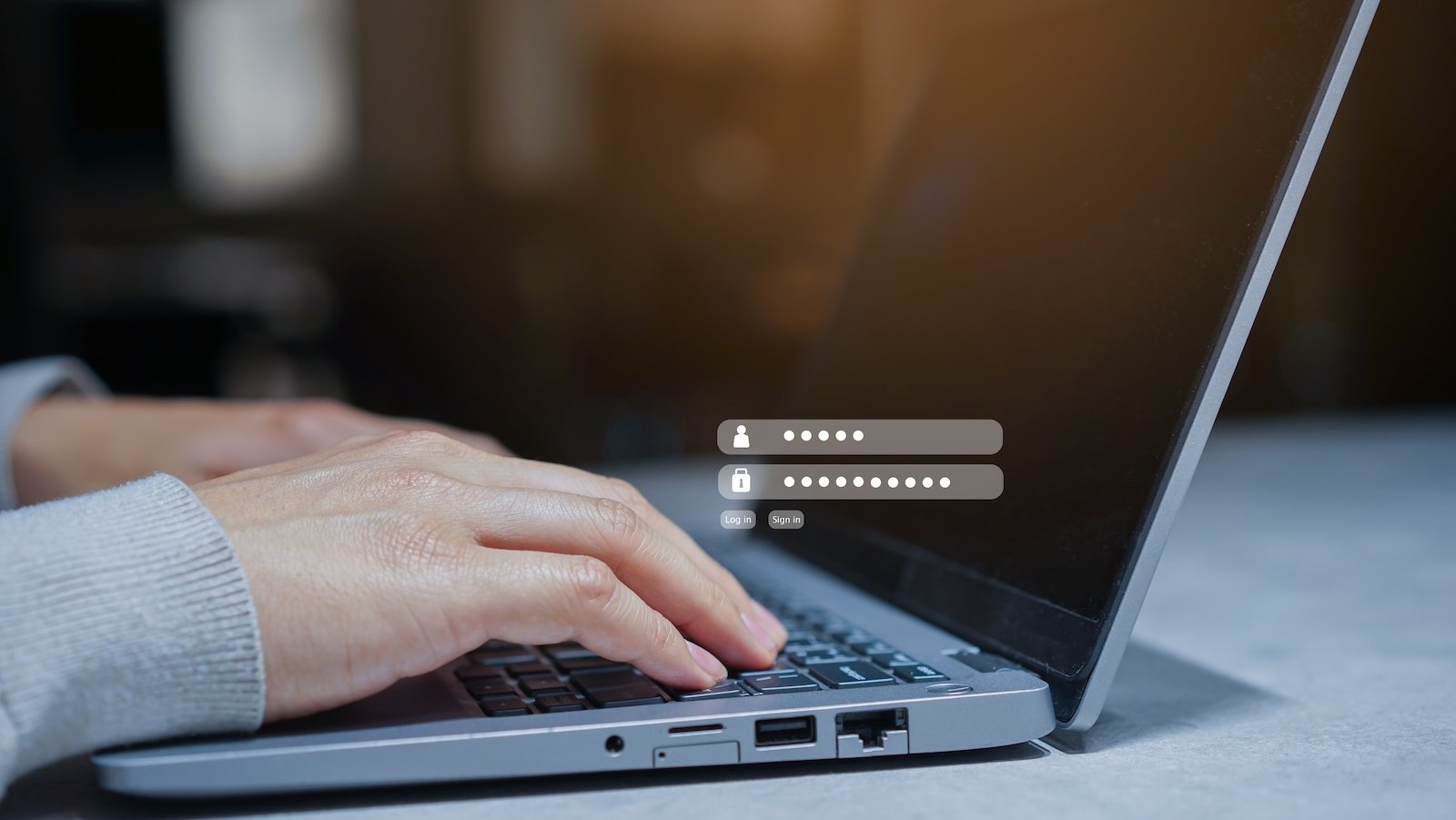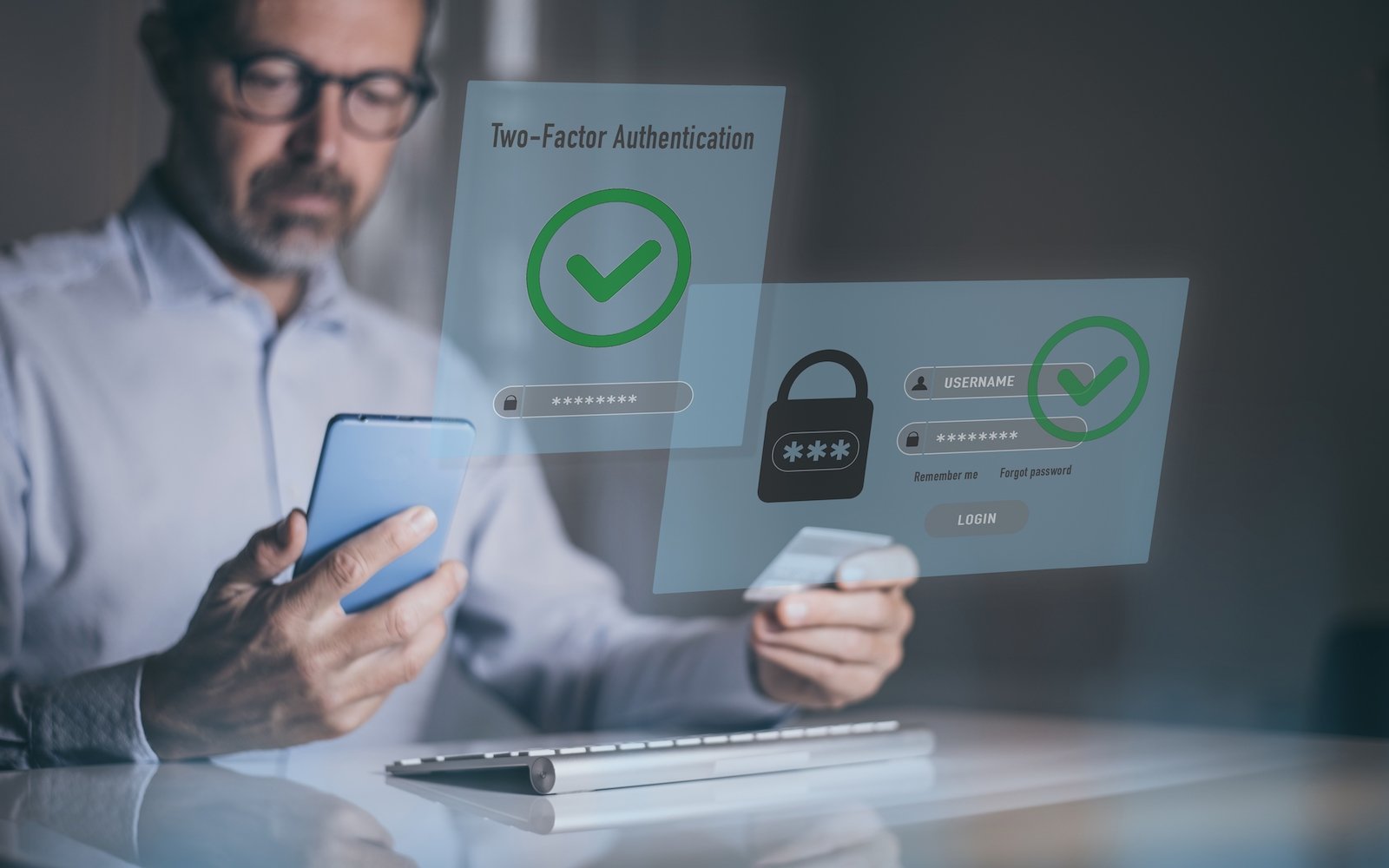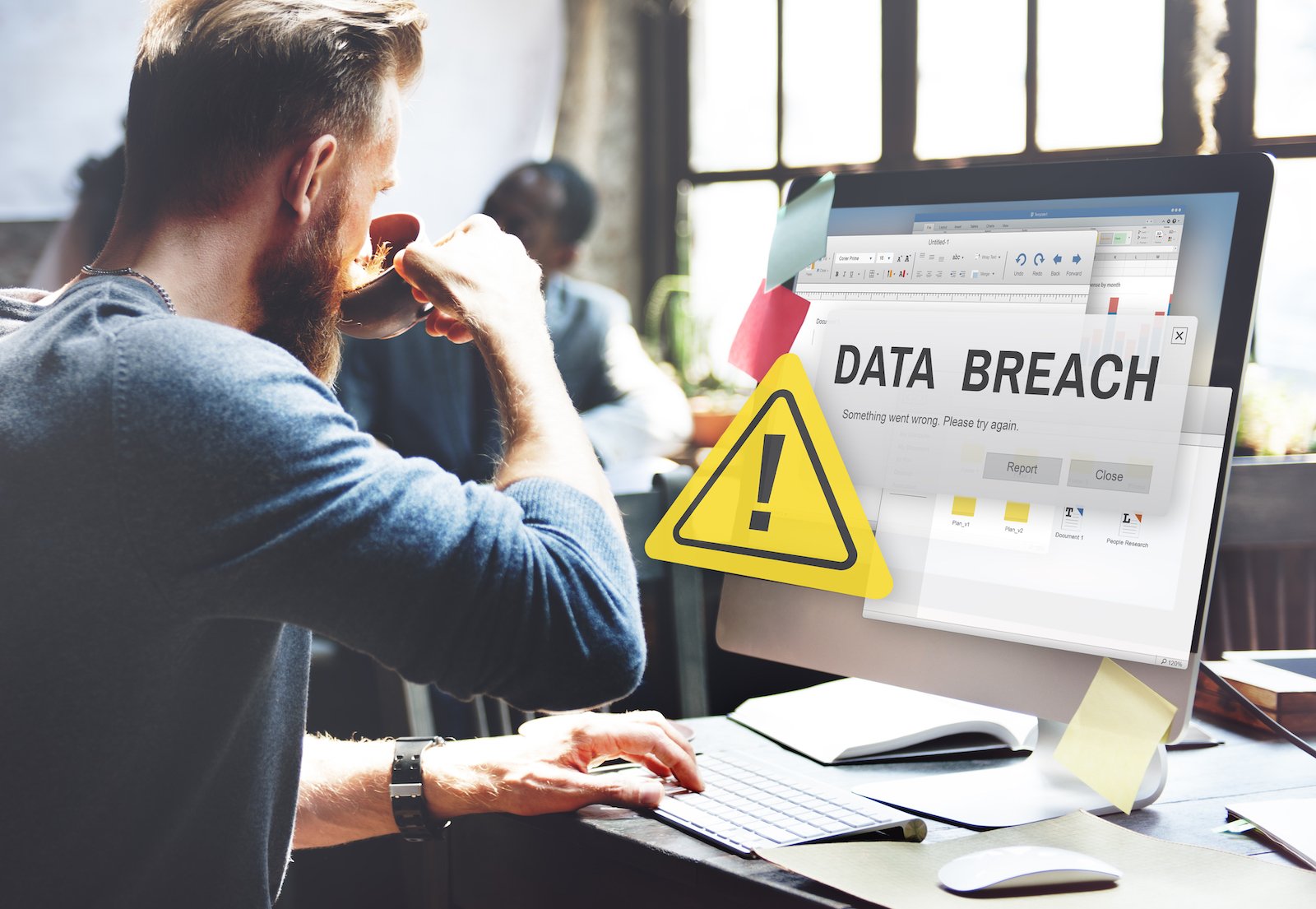In our increasingly digital world, protecting your identity is more critical than ever. Identity theft can cause financial loss, emotional distress, and a long recovery process. Staying vigilant, informed, and proactive is vital to protecting your identity in today’s digital age.
In this article, we have highlighted essential strategies for protecting yourself from identity theft.
Use Strong, Unique Passwords

Creating strong, unique passwords is one of the most foundational steps in securing your online identity. According to a 2023 report, 81% of hacking-related breaches leveraged stolen or weak passwords.
A strong password should ideally be 12-16 characters long and include a mix of uppercase and lowercase letters, numbers, and special characters.. Avoid using easily guessable information like birthdays, names, or common phrases. Instead, consider using a passphrase—a series of random words strung together for added security.
Enable Two-Factor Authentication (2FA)

Two-factor authentication (2FA) is a pivotal security measure in the current scenario for combating identity theft. With 2FA, even if a cybercriminal obtains your password, they will still need a second round of verification which would generally be a code that is sent to you through via mobile, email or an authentication app.
Microsoft reports that 99.9% of account breaches involved users who did not have multi-factor authentication enabled. 2FA is now available on most major platforms, including banking sites, social media, and email services. Enabling it wherever possible adds an essential layer of security to your accounts.
Monitor Your Financial Statements Regularly

Regular monitoring of your financial statements is crucial in detecting unauthorized transactions early. Identity theft often begins with small, seemingly innocuous transactions to test the waters before larger, more damaging actions are taken.
In 2022, there were 1.1 million fraud cases, with losses totaling nearly $8.8 billion—an increase of 70% compared to 2020. An advisable remedy is to create alerts with your registered bank or credit card issuer. This will help you to stay protected from any unusual activity.
Freeze Your Credit

Freezing your credit is a powerful tool in preventing identity theft. A credit freeze is the process of limiting external access to your credit report, thus making it almost impossible for thieves to open new accounts in your name.
The process is free and can be done online with all three major credit bureaus—Experian, Equifax, and TransUnion. You can unfreeze your credit temporarily when needed, such as when applying for a loan or credit card, and refreeze it afterward.
Be Cautious on Social Media

Social media has become a treasure trove of personal information for cybercriminals. 71% of social media users were concerned about personal information theft. Despite these concerns, many people still share personal details, which identity thieves can exploit.
Cybercriminals often use information gathered from social media to answer security questions, create fake profiles, or even launch targeted phishing attacks. To protect yourself, review your social media privacy settings regularly and be mindful of the information you share.
Secure Your Devices

With the increasing amount of personal information stored on devices like smartphones, tablets, and computers, securing these devices is more critical than ever. A report found that 69% of Americans feel overwhelmed by the task of password-protecting their mobile devices.
To protect your devices, ensure they are locked with strong passwords, PINs, or biometric options like fingerprint or facial recognition. Updating your operating systems and software on a regular basis is a prudent move to protect yourself from the latest security vulnerabilities.
Shred Sensitive Documents

In the digital age, it’s easy to overlook the risks associated with physical documents, but they still pose a significant threat. These could include bank statements, medical records, or tax forms that are not properly destroyed.
In 2023, the number of government document fraud cases skyrocketed, reaching 102,000 incidents, which marks a 68% rise compared to the previous year. Shredding is an extremely effective method to ensure that sensitive information cannot be reconstructed.
Be Wary of Phishing Scams

Phishing scams often come in different forms like emails or text messages. Another common trap is through phone calls that appear to be from legitimate sources, such as your bank, a government agency, or a well-known company. In 2023, phishing attacks reached an all-time high, with nearly 5 million phishing sites detected.
To keep yourself shielded from phishing scams, verifying the legitimacy of any unsolicited communication before taking action is always recommended. Look for signs of phishing, such as poor grammar, misspelled words, or suspicious URLs. If you can’t decide on the legitimacy, contact the organization directly using a trusted method to verify the matter.
Use a Virtual Private Network (VPN)

Public Wi-Fi is often vulnerable to security threats because its nature allows hackers to intercept internet traffic and steal sensitive information. A Virtual Private Network (VPN) protects online privacy, especially when using public Wi-Fi networks.
Global VPN usage is increasing, with an estimated 66% of internet users employing VPNs to secure their personal information online. VPN usage helps to secure your internet connection by encryption, which makes it challenging for anyone to intercept or access your data. This is particularly important on public networks.
Check Your Credit Report Annually

Constant review of your credit report is a vital step in protecting your identity. By checking your credit card report regularly, you can spot unauthorized accounts or inquiries that could indicate identity theft.
Under U.S. law, you are entitled to a free credit report from each of the three major credit bureaus—Experian, Equifax, and TransUnion—once a year. These bureaus offer free weekly online reports as the market is yet to completely recover from the aftereffects of the COVID-19 pandemic.
Set Up Identity Theft Alerts

Identity theft alerts are a proactive way to monitor your accounts and credit for suspicious activity. These alerts can notify you of various activities that can cause a change in your credit report like opening of a new account or checking your credit score.
According to a survey, among fraud victims who had active notifications in place, 84% detected unauthorized charges within hours, a stark contrast to the 35% of victims who lacked such alerts and therefore took longer to identify fraudulent activity.
Stay Informed About Data Breaches

Data breaches continue to be a major threat to personal information. In 2023 alone, 3205 data breaches were reported in the U.S., exposing more than 300 million records. To protect yourself, sign up for notifications that alert you if your email address or other personal information has been exposed to a data breach.
If you receive a notification that your data has been compromised, take immediate steps to protect yourself, such as changing passwords, enabling 2FA, and monitoring your accounts closely for suspicious activity.


